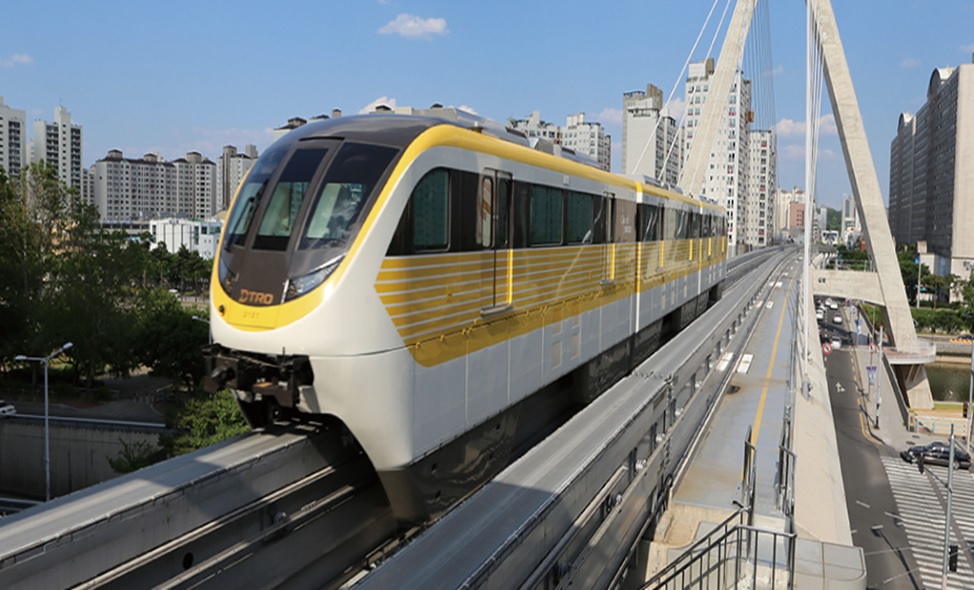In a world that is constantly growing and shifting, city planners are always looking for innovative ways to improve public transportation. One of these approaches that has been gaining traction recently is the monorail system. This elevated railway system runs long distances within urban environments using a single rail track, connected by a control beam. This blog will explore the benefits of this system and give you an idea of what it takes to implement one in your city.
Benefits of a Monorail System and How to Implement it in Your City
1. Increased capacity:
Monorail systems can carry more passengers per hour than traditional subway systems. This is because they can operate more frequently and can use shorter trains. The elevated platform allows for double-decker trains with less noise and vibration.
2. Cost-effective:
While the initial construction costs of a monorail can be high, their maintenance costs are low. With fewer moving parts and simpler systems, the cost of repair and maintenance is lower than subway systems.
3. Reduced traffic congestion:
Monorails take less space than subways, making them an ideal alternative for densely populated cities. They can also be built above highways to provide an alternative to driving cars.
4. Enhanced speed:
Monorails can run at high speeds, reducing travel times within the city.
5. Increased accessibility:
The elevated platform of a monorail system provides a solution to the problem of accessibility in transportation systems. This system is ideal for people with mobility challenges as there are no stairs to climb.
6. Reduced environmental impact:
These systems produce fewer greenhouse gas emissions compared to automobiles and subways since they run on electricity.
7. Improved ridership experience:
Monorails are quieter and less crowded than subways, providing a better overall experience for passengers.
8. Increased tourism:
Monorail systems are primarily designed to move people around cities, but they can also be used for sightseeing. These systems can be used to link tourist destinations, which can boost the tourism industry.
9. Increased property value:
The installation of this system can increase the value of the surrounding property. With improved connectivity, commercial and residential areas can attract more businesses and residents, leading to an increase in property value.
10. Easy integration with other transportation systems:
Monorails can connect to other transportation systems such as subways, buses, and trains, providing an integrated network that is convenient for passengers.
How to implement a monorail system
Now that you have explored the benefits, let’s talk about how to implement a monorail system.
1. Planning:
Planning for the construction of this system requires thorough research and careful consideration. Conducting a feasibility study is crucial to determine the viability of the project and identify potential issues that may arise during construction and operation.
2. Financing:
When considering the implementation of a monorail approach, it is paramount to recognize that such projects require significant financial resources. The costs of construction, operation, and maintenance are all substantial, and it is the responsibility of city planners to explore all possible sources of funding.
3. Building:
Building this system involves more than just putting up tracks and making sure they’re level. It also requires ensuring compliance with safety standards and environmental regulations. This requires a practical approach that takes into account everything from the materials used to the equipment and processes required for construction.
4. Testing:
Inaugurate the monorail system and conduct extensive testing to ensure that everything is working correctly.
5. Publicity:
Promote the new transportation system to the public, highlighting its benefits and promoting its use.
Conclusion:
As you have seen, the monorail system can benefit your city in various ways. It’s cost-effective, provides improved accessibility, speeds up travel within the city and reduces the environmental impact. The installation of a monorail technique in your city requires careful planning, financing, and construction. However, with careful implementation and publicity, this transit system can provide many benefits to your community. The advantages of this system outweigh the costs, making this an excellent option for cities looking to improve their public transportation network and reduce traffic congestion.

